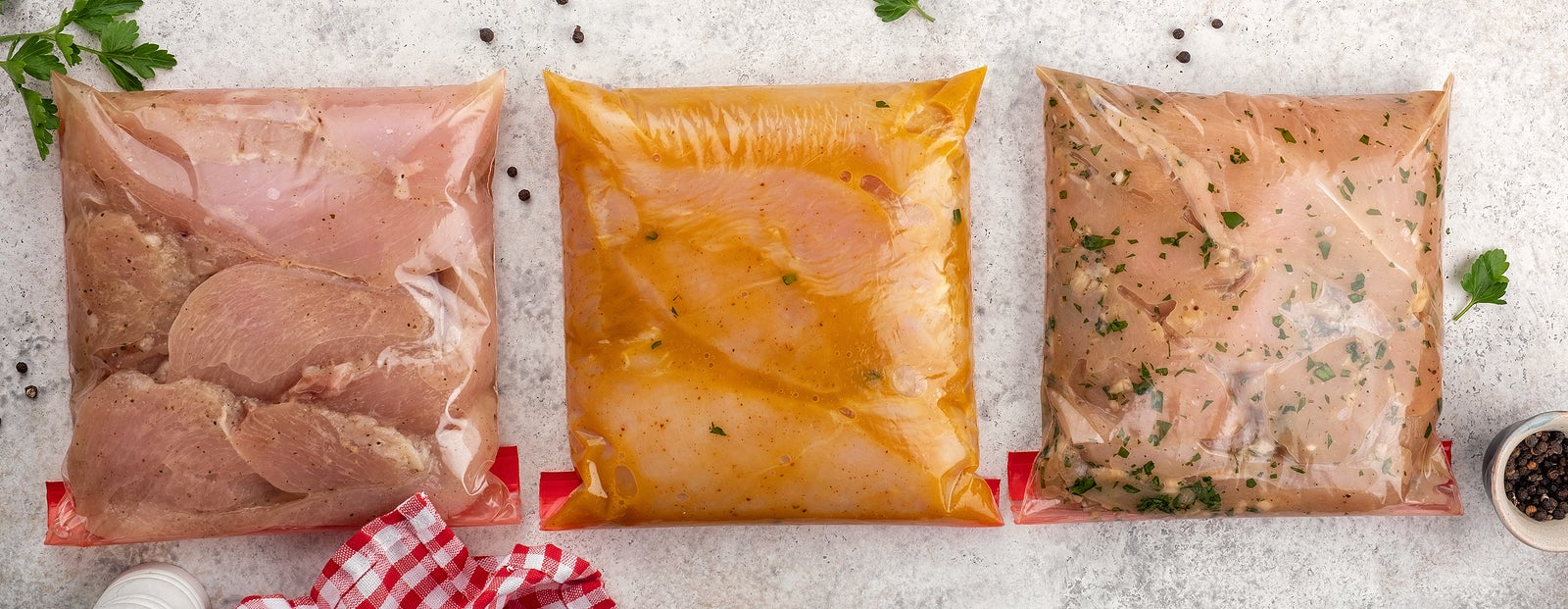
Grocery shopping is a hassle and cooking the food once you bring it home feels like it’s not even worth the effort after a busy day. That’s why meal prep businesses have become so popular in the last decade.
People can enjoy gourmet meals with little to no effort because all the necessary ingredients are delivered directly to their door. For entrepreneurs looking for a new niche to explore, what are some meal prep business tips for 2022?
What Are Meal Prep Businesses?
If you’ve seen an advertisement for Blue Apron or Hello Fresh, you’re already familiar with the idea of a meal prep business. These companies provide perfectly-portioned raw foods for the consumer to cook at home or pre-prepared foods they can whip up in the microwave or oven in minutes, no prep required.
While the most well-known meal prep companies have been around for a while — with HelloFresh opening their doors in 2011 and Blue Apron following just a year later — the niche started booming during 2020. Staying home and ordering a meal prep box was a great way to keep safe during the pandemic and a fantastic tool for learning how to cook.
HelloFresh saw year-over-year growth of more than 122% in the second quarter of 2020, just as the pandemic was picking up steam.
Types of Meal Prep Businesses
There are three primary types of meal-prep businesses in 2022, though many hybrid models are beginning to emerge. These models include:
- Delivering pre-portioned raw meal ingredients and cooking instructions.
- Delivering pre-prepared meals customers reheat.
- Offering cooking spaces and raw ingredients for clients to cook and take home.
For the average small business, one of the first two options is usually the best. Offering cooking space requires renting a commercial kitchen space or opening your own, which can get costly.
Finding Your Niche in a Crowded Market
New meal prep businesses are opening their virtual doors every single year. In 2021, the industry was worth nearly $7 billion and experts estimate that it could bring in upwards of $10 billion by 2024.
Instead of copying what everyone else is doing, set yourself apart by finding your niche. Are you planning to offer food for a specific dietary style such as vegan, keto or paleo? What about kid-friendly meal prep kits with smaller portions and easy-to-understand instructions so younger people can enjoy cooking?
Before moving on to the next steps necessary to start a business, decide on your niche and stick to it. The market is getting more crowded by the day and trying to be just like everyone else is a sure-fire way to flop.
The Basics of Starting a Business
Starting a meal prep business is no different than starting any other small company in many ways. You’ll face many of the same challenges and overcome the same hurdles as though you were opening a restaurant or starting an online retail business.
Once you’ve chosen your niche, your next step is to write up a comprehensive business plan. Choose your business name, decide what type of business entity you will become (sole proprietorship, partnership, LLC, corporation) and generate a detailed list of the products and services you will offer.
This section should include expected costs, how much you’ll charge for your products and how much time it will take to get your product ready for market. Your business plan will be a roadmap to help you stay the course and is also necessary if you’re planning to apply for any business loan or small business funding.
Since your business will be handling food, you’ll need the same licensure a brick-and-mortar restaurant would need. These licenses can include but aren’t limited to:
- Food handlers licenses
- Health department permits
- Food safety certifications
- Catering licenses
- Sales privilege permits
- Zoning permits
You must register for an employer identification number if you’re bringing in employees. Hiring staff also increases overall costs. Beyond payroll, you may need to maintain unemployment and workers’ compensation insurance policies.
Meal Prep-Specific Challenges
Creating a meal prep business has industry-specific challenges you’ll need to overcome to get your business off the ground. First is the challenge of getting your product from your facility to the customer’s door.
Fresh ingredients need to be temperature controlled, which you can usually accomplish with dry ice or other cooling packs, but those only last for so long. A shipping delay of a day or two can result in your customer getting a box of spoiled food.
Speaking of boxes, the packaging is another puzzle you’ll need to solve. You need something sturdy enough to survive the shipping process and insulated enough to keep your product cold. Growing demand for sustainable options also means you need to accomplish those two goals with green and recyclable packaging.
You have to create a website as well — preferably a companion app or a mobile-compatible site — that allows your customers to create accounts, place orders and otherwise maintain their accounts.
Meal Prep Trends in 2022
Two trends are taking over the meal prep industry as the market barrels headlong into the last quarter of 2022 — vegan or plant-based options and kid-friendly meal prep.
The growing popularity of plant-based meal options means it’s the perfect time to start making waves in this niche. If you opt for a vegan or plant-based meal plan, ensure every product you use or source is 100% vegan. The fastest way to lose all your vegan customers is to mistakenly include animal products in your boxes — even if the mistake wasn’t malicious.
The other popular trend is perfect for businesses catering to busy parents who want to provide healthy meals for their kids but struggle to find the time to cook during the week. These could even offer kid-friendly cooking instructions so parents can get their kids involved in the process.
Looking Toward the Future
If you have a passion for food and are looking for a new niche to flex your skills, now is the perfect time to create a new company. Take your skills to the next level with this guide on how to start a meal prep business.
3326 Views












